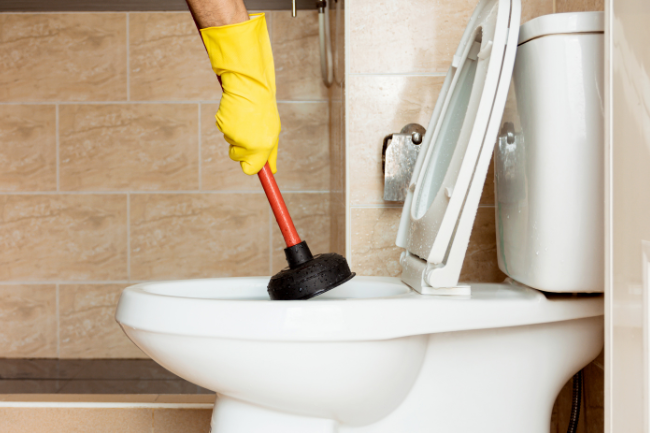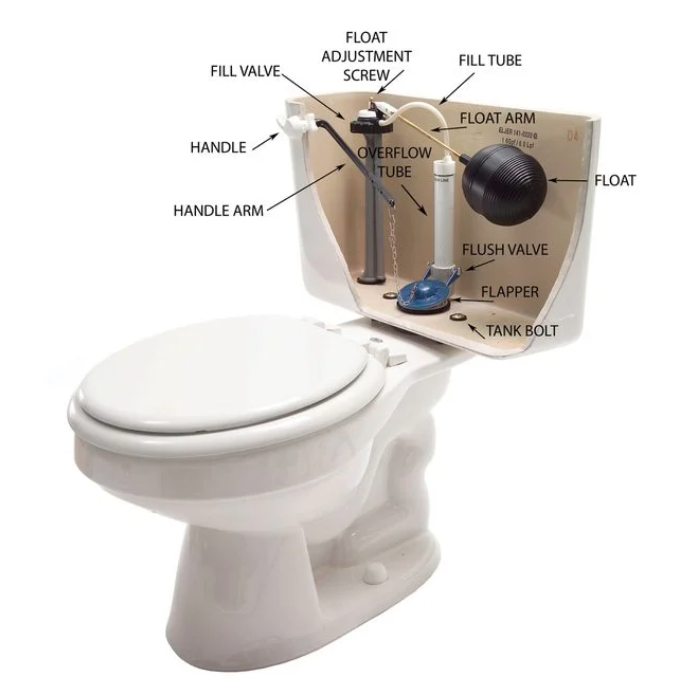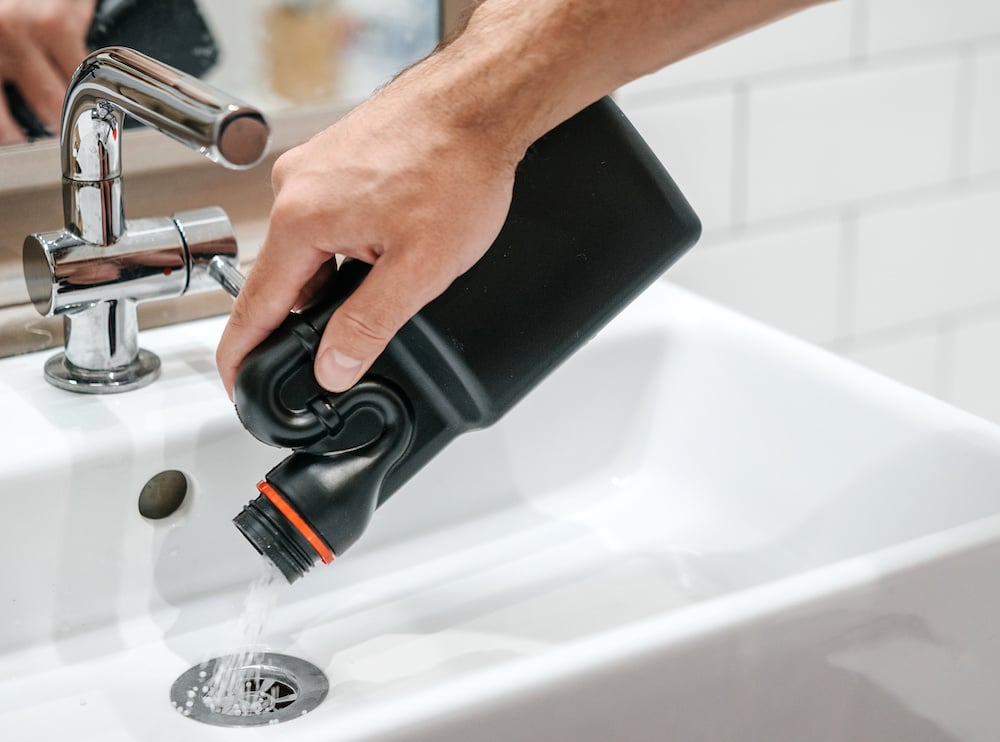How to Regulate Water Temperature in a Commercial Building
Posted by William Heinselman on
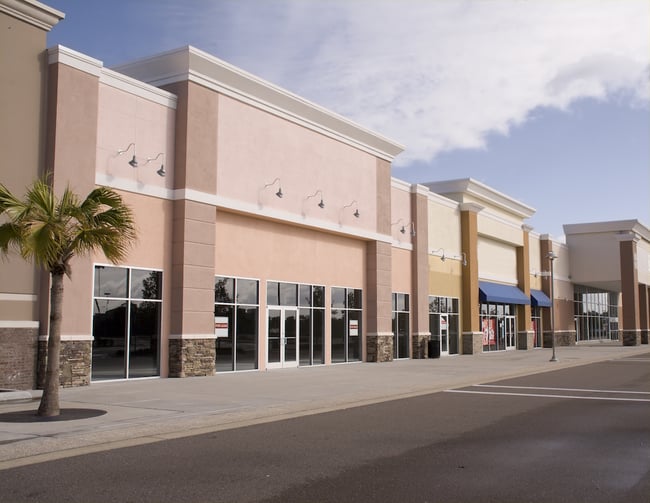
Most people don’t put very much thought into water temperature in commercial buildings, but providing hot water for various business needs is a major consideration for the owners of these properties. Failure to properly regulate water temperature can result in scalding and contribute to serious public health risks in the form of bacterial infections.
Not only are health risks a serious consideration in regards to water temperature, but it can also have a negative impact on the reputation of the business, leading to a loss of customers. If you own run or manage a business, here’s how to regulate water temperature in a commercial building.
Implications of Poor Water Temperature Control
Commercial buildings, whether they're office buildings, retail locations, or apartment complexes, all aim to provide services for a large number of people. And, with so many people going in and out or using facilities, it's important that all features work properly, including having adequate water temperature. Whether water is too hot or too cold, it can lead to a poor experience for business owners, visitors, guests, employees, and customers.
In fact, human skin can burn rather quickly when exposed to hot water, especially in the case of children and the elderly. The danger zone begins at 120°, where a five-minute exposure can result in third-degree burns. Risks increase rapidly at higher temperatures, with 130° water causing third-degree burns within thirty seconds and 140° water doing the same in just six seconds. Anything above 150° (which can inflict a third-degree burn in two seconds) causes severe burns almost instantly.
Hot water represents another serious problem in the form of Legionella, a bacteria that thrives in freshwater and causes Legionnaires’ disease, a respiratory illness that causes fever, chills, and muscle pains. Left untreated and combined with other health complications, the condition can lead to respiratory failure, septic shock, kidney failure, and in severe cases, death.
Unfortunately, Legionella thrive and reproduce rapidly in water temperatures between 77° and 108°. This means that the typical water heater system must store water at temperatures high enough to keep bacteria in check while also not scalding people using hot water.
For commercial property owners, this can be a difficult balance. Fortunately, there are a few steps they can take to ensure that their buildings are providing hot water to customers, employees, and residents at a safe temperature.
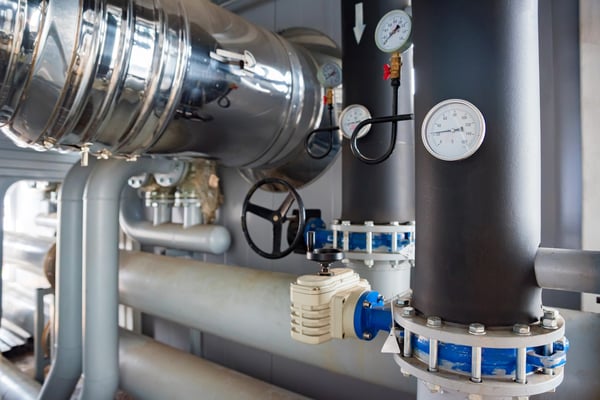
4 Steps for Effective Water Temperature Regulation
Not only does proper water temperature regulation provide comfort for people using the water features, but it's also a necessity for proper hygiene and sanitation. In environments like restaurants, hospitals, or manufacturing facilities, water temperature is critical for ensuring proper sanitation.
Beyond this, though, water temperature control also plays a role in risk management. To avoid scalding temperatures or water that's too cold to effectively stop bacteria growth, be sure to consider these tips when determining the best way to regulate water temperature.
1. Assess Your Hot Water Needs
Unlike residential homes, commercial properties face a wider range of hot water needs. A restaurant, for instance, has at least four different uses for hot water, all of which need to be at different temperatures.
Public restroom sinks should not dispense water hotter than 110°, and hand sinks for employees cannot exceed 120° by most state laws. Commercial-grade dishwashers require water between 150° and 160°, with the rinse cycle demanding even higher temperatures of 180°.
This means that an average restaurant will need to be able to heat water as high as 180° while also distributing much lower temperatures throughout the building, sometimes all at once.
2. Size the Water Heater Correctly
Once you’ve determined your hot water needs, the next step is evaluating what size water heater the building requires. This is a complicated balancing act. Smaller water heaters are more efficient and refill more quickly, but they may run out of hot water during high usage periods. Larger units are less likely to run out of water, but if they’re too large, a sizable portion of their capacity will go unused.
Several factors go into selecting the right sized water heater, including the number of fixtures that must be supplied, the building’s typical business hours, space limitations, and local regulations. The type of commercial building in question is also an important consideration. Restaurants have particularly demanding hot water needs, while an apartment building may need to accommodate high-demand spikes in hot water usage around key hours (morning and early evening).
3. Monitor Tempering and Thermostatic Valves
For all the focus on water heaters, however, they’re not the most important consideration when it comes to regulating commercial water temperature. Although state plumbing codes stipulate different temperature requirements for different water usages, they also do not consider a water heater’s thermostat sufficient for controlling those provisions.
That’s because water heater thermostats are not always accurate enough to regulate temperature to the exact regulations laid out in plumbing codes. Even if they could, since water is typically stored at well over 110° to guard against Legionella and must often be heated up to 180° for commercial applications, relying solely upon a water heater thermostat would pose a significant scalding risk to humans.
That’s why most commercial properties use a combination of tempering and thermostatic mixing valves that are installed throughout the plumbing system to mix cold water in with hot water so that the temperature can be reduced to safe levels.
These valves are crucial to regulating water temperature and distributing the right mixture (within a few degrees) to different fixtures and utilities throughout the building as water is needed. Given their importance in terms of safety, it’s a good idea for any commercial property owner to contract with a professional plumbing service to regularly inspect and maintain these devices to avoid the risk of accidental scalding.
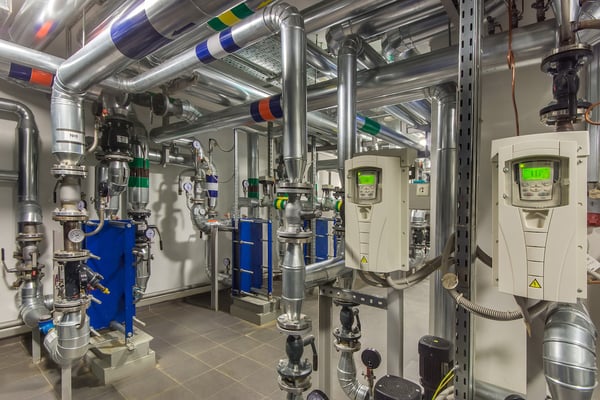
4. Choose the Right Equipment
Proper temperature regulation helps optimize energy usage. By ensuring that water isn't excessively heated or cooled beyond what's necessary, businesses can reduce energy consumption and lower utility costs. This is particularly important for large commercial buildings where energy expenses can be significant.
There’s also the question of whether a property should use one centralized water heater or several smaller units. Having multiple units may be less energy efficient, but it ensures that there will always be hot water available. If a single tank is drained, the entire building will be without hot water until it can be refreshed.
When regulating water temperature, it’s important to monitor the settings of the equipment used and adjust as needed to maintain comfort and efficiency. Use programmable thermostats or building automation systems to schedule temperature adjustments based on occupancy patterns and usage requirements.
Additionally, there are a few different options when it comes to powering a large water heating system, such as natural gas, electricity, propane, or even solar energy. While some fuel options may be more aligned with energy saving goals, that doesn’t always mean that it’s the right option for temperature control. For instance, electric water heaters tend to be slower to heat water than gas-powered systems, but not every building is equipped for a gas water heater. So, it’s best to consider factors like fuel costs and infrastructure requirements when comparing options for effective water temperature regulation.
Team Up with a Professional Plumber for Your Commercial Property
Managing the plumbing system in a commercial property is a challenging task under the best of circumstances. With the pipes and fixtures experiencing routine heavy use, it’s hardly a surprise that wear and tear eventually take their toll. When that happens, it helps to have experienced professionals on hand to solve the problem quickly and efficiently so business can return to normal.
Express Sewer & Drain has long served the plumbing needs of commercial property owners in the Sacramento area. Contact us today to find out how we can solve your immediate and future plumbing challenges.
Topics: Commercial Plumbing, Water Heaters

